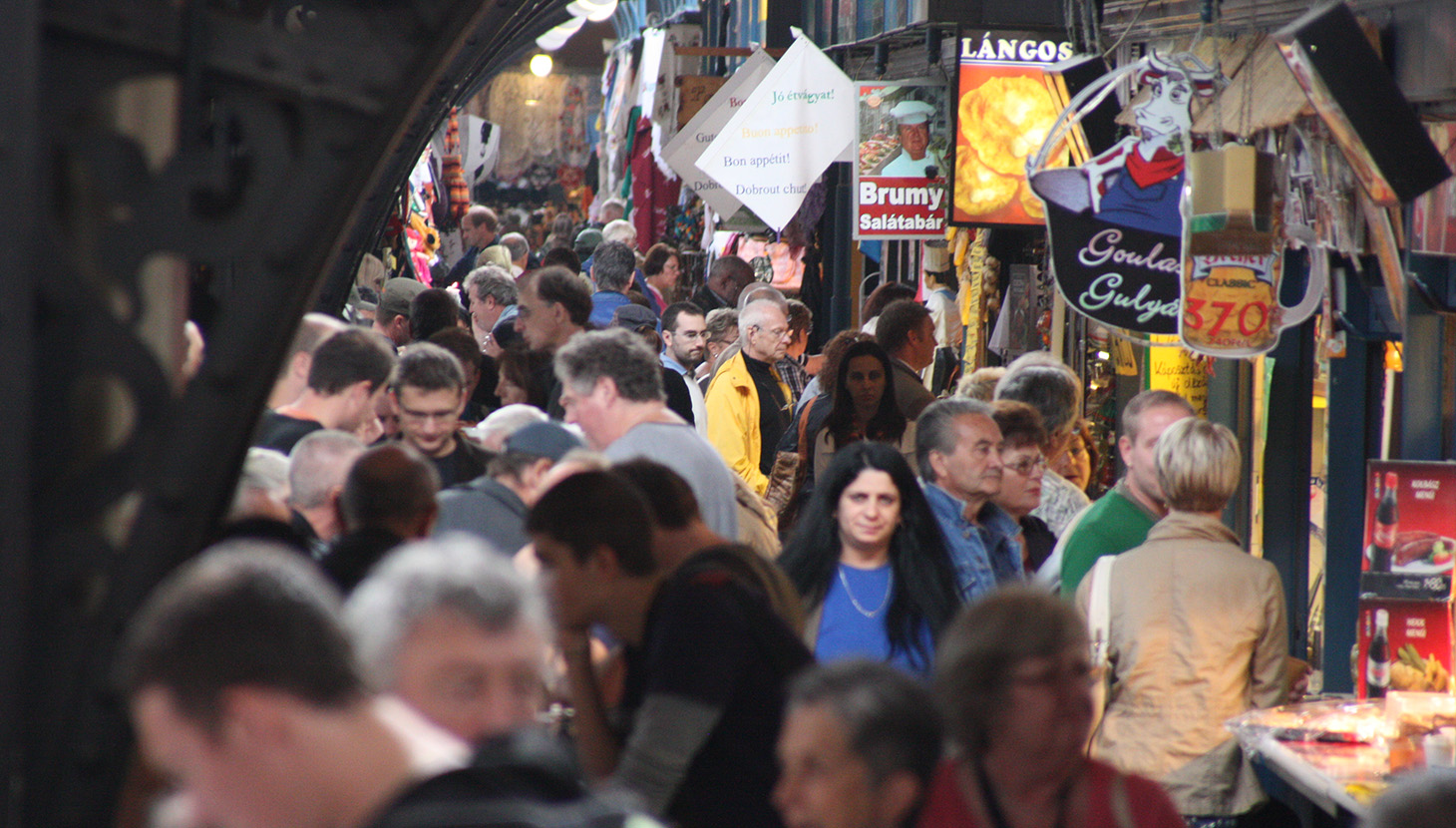 UK Government Office for Science Foresight project looking at the opportunities and challenges facing cities over the next 50 years.
UK Government Office for Science Foresight project looking at the opportunities and challenges facing cities over the next 50 years.
We live in a world that is rapidly urbanising and reurbanising. In the next 50 years, populations will grow, and the number of people in UK cities is predicted to increase. The UK has both an attractive environment for growth, and a large number of cities that want to take advantage of this potential for growth.
For this growth to be sustainable and to benefit all, we need to consider a number of themes, including leadership, finance, and liveability. The project will consider these issues, providing evidence to help policy makers ensure that UK cites are:
- well led and managed, providing the best services, quality of life, economies and jobs
- attractive, ensuring that UK cities have a reputation as great places to live, work and play
- smart, clean and green, so that growth and development occurs in ways that will protect the environment and improve health and wellbeing for everyone
This project is identifying the opportunities and challenges UK cities will face in the future, which cities need to embrace in order to be resilient, adaptable and thrive.
The project is guided by a lead expert group, who provide oversight and ensure that relevant evidence and research is used. The project is sponsored by Minister for Cities, Greg Clark MP.

The Academy of Urbanism has been asked by the Government Office for Science to help promote discussion on the working papers being published by the Lead Expert Group as the project commences. We welcome the thoughts of Academicians, Young Urbanists and all those that live or work in cities across the UK and beyond. This is your chance to respond directly to the UK Government on these issues.
Links:
Future of Cities
Lead Expert Group
Project Blog
How to participate
Click on the links below, or at the top-right of this page, to read and comment on a specific paper.
1. Future of Cities: living in the city
This paper considers what life in cities has been like up to now, and looks forward to what it could be like in 2065. It sets out 4 possible future scenarios, focusing on the impact each would have on life in the city: the high tech city; the digital city; the liveable city; the fortress city.
2. Future of Cities: people in cities – the numbers
This paper analyses the trends in the size of cities and their age structures at the national, regional and city level. It examines how useful past trends are for predicting the future of cities to 2040 and 2064, and how well such predictions could cope with uncertainties and unknowns.
3. Future of Cities: urban form and infrastructure
This paper looks at the size, density and layout of cities in the UK and the infrastructure that supports them. The report is in 2 parts: an analysis of current urban form and infrastructure in the UK, looking at the relationship between them and summarising the pros and cons of the trends that have developed; an analysis of possible future options for the development of existing places and new developments.
4. Future of Cities: origins, meanings and uses
This paper, produced by the Future Cities Catapult, reviews the origins, definitions and uses of the phrase ‘future cities’, and related terms like ‘smart cities’ or ‘sustainable cities’. It examines how different communities have interpreted ‘future cities’, including: citizens; governments; corporations; academic institutions. Finally it considers how the way we speak about cities can affect how they are being designed and built
If you experience any difficulties in reading the papers or registering your comments, please contact Stephen Gallagher.